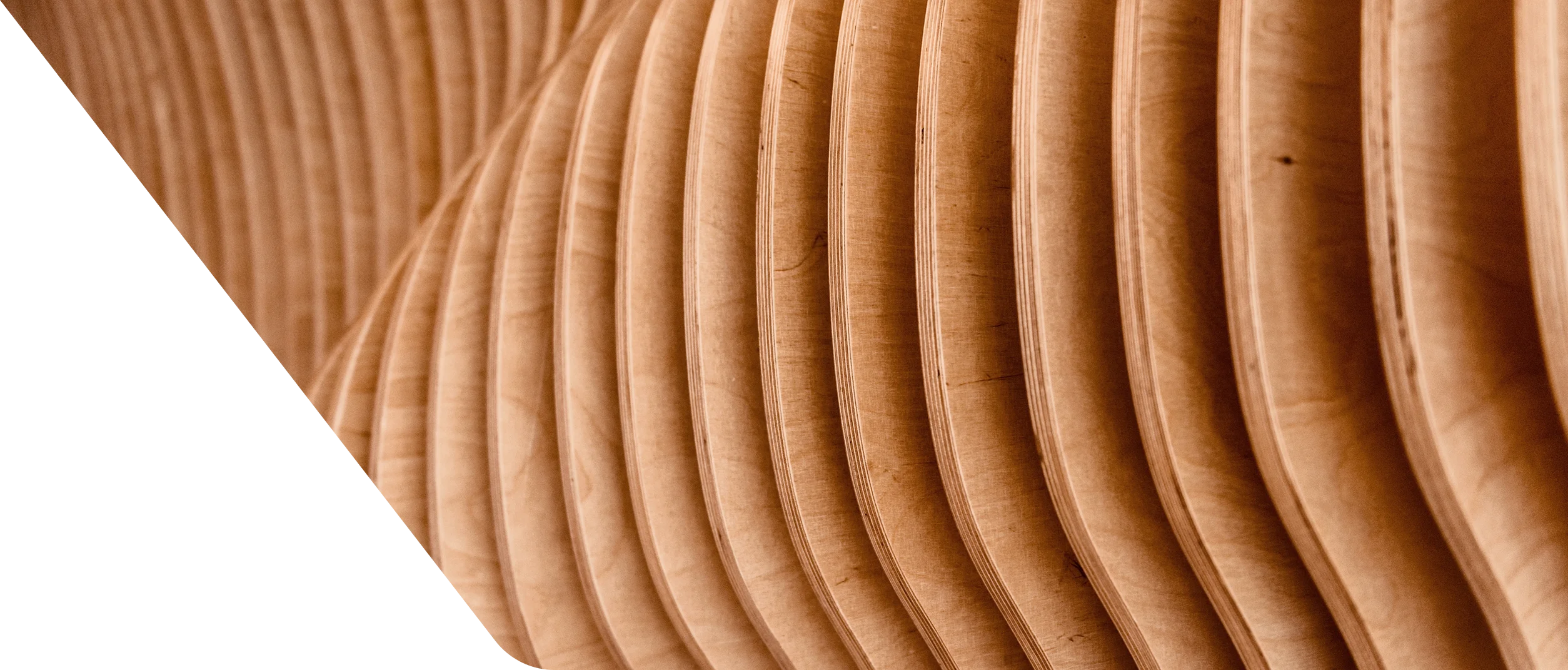ANSI/AWI 1236-2022 - Countertops
3.2 Material
a) Materials used for the construction of Product covered within the scope of this standard shall adhere to the requirements set forth in AWI 300 – Materials (latest edition).
b) Materials used for the same purpose, within the scope of this standard, shall be consistent throughout a project.
c) Concealed surfaces shall permit defects. At blocking, fillers, and shim stock, any sound material is permitted.
d) When chemical resistance is required, fasteners at access panels and/or removable ledges shall be stainless steel.
e) Sealants and/or adhesives exposed to view shall be compatible for color to adjacent surfaces.
f) material shall have a minimum modulus of elasticity (MOE) value of 2,000.17 Newtons/mm sq. [290,100 PSI].
3.2.1 Decorative Laminate
a) High Pressure Decorative Laminate meeting the requirements of ISO 4586-3 (latest edition) shall be used for exposed decorative laminate surfaces. See AWI 300 -Materials (latest edition).
b) The work surface shall be a minimum of horizontal [HGP].
c) es shall be a minimum of vertical grade [VGS].
d) is required on all countertops and splashes.
e) Build-up shall have backer material, or moisture-resistant , or be of moisture-resistant core.
f) Core material shall be a minimum thickness of 18 mm [.709”].
3.2.2 Solid Surface
a) When is referenced in these standards, it refers to filled cast polymeric resin panels. See AWI 300 – Materials (latest edition).
b) Work surface and splash material shall be a minimum nominal thickness of 12 mm [.472”].
3.2.3 Epoxy Resin
a) When epoxy resin is referenced in these standards, it refers to panels produced from a composite of epoxy resin, silica, inert fillers, and organic hardeners cast and cured in ovens at elevated temperatures, homogeneous throughout, and nonabsorbent. See AWI 300 – Materials (latest edition).
b) Work surface and splash material shall be a minimum nominal thickness of 25.4 mm [1″ ].
3.2.4 Natural/Engineered Stone
a)When stone is referenced in these standards it refers to quarried stone including but not limited to granite, marble, slate, soapstone, or limestone. See AWI 300 – Materials (latest edition).
b)When engineered stone is referenced in these standards it refers to a composite material made of crushed stone bound together by a resin. See AWI 300 – Materials (latest edition).
c)Work surface and splash material shall be a minimum nominal thickness of 2 cm [.787”].
3.2.5 Wood
a) When wood countertops are specified without stipulation of solid wood or veneered wood, then solid wood or veneered wood may be used at the /supplier option. See AWI 300 – Materials (latest edition).
a) Product shall be finished with a finishing technology in accordance with ANSI/AWI 0400 – Factory Finishing (latest edition) unless otherwise specified.
b) Work surface and splash material shall be a minimum of 25.4 mm [1″] thick.
a) Product shall be finished with a finishing technology in accordance with ANSI/AWI 0400 – Factory Finishing (latest edition) unless otherwise specified.
b) Countertop core material shall be a minimum nominal thickness of 18 mm [.709”].
3.2.6 Solid Phenolic
a)When is referenced in these standards, it refers to panels of -impregnated decorative overlay sheets over a kraft phenolic core. See AWI 300 – Materials (latest edition).
b)Work surface and splash material shall be a minimum nominal thickness of 19.1 mm [.750″].



